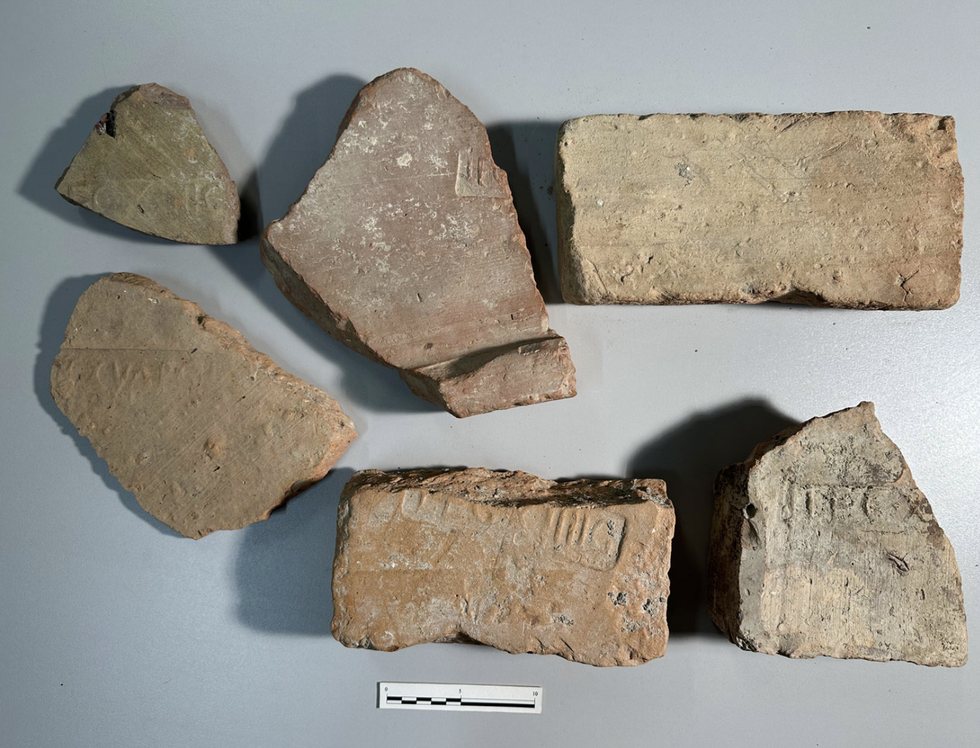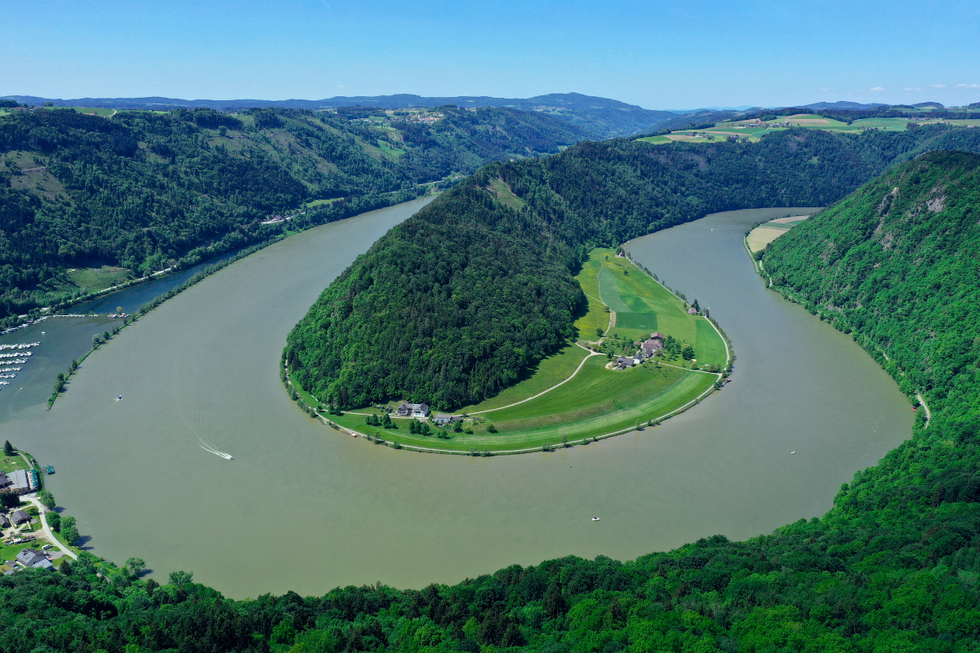The forts were used to monitor and control important crossings over the Danube
Don't Miss
Most Read
Trending on GB News
Archaeologists have identified a mysterious stone structure in Austria - previously known as "Desolate Castle" or Ödes Schloss - as a rare Roman bridgehead fort.
The discovery marks the only such fort ever found in Austria, according to a statement from the Austrian Archaeological Institute.
Bridgehead forts were military installations strategically positioned on the opposite side of border rivers to monitor and control important crossings.
The structure's true identity has shed new light on Roman military presence along the Danube frontier.

The forts were used to monitor and control important crossings over the Danube
Austrian Academy of Sciences
The newly identified fort is located just two miles from the Roman legionary fortress of Carnuntum along the Danube River.
Experts believe the Amber Road, which is a vital trade route connecting the Roman Empire with the Baltic Region, crossed the Danube at this precise location.
This strategic crossing point would have been carefully defended by Roman forces since the fort served as a crucial military installation to secure this important north-south connection across the frontier.
Excavations revealed the fort was initially constructed during the Marcomannic Wars (AD 166 - 180) when Emperor Marcus Aurelius reinforced Roman borders against Germanic tribes.
LATEST ARCHAEOLOGICAL DISCOVERIES:
The structure was partially rebuilt around AD 260 under Emperor Gallienus.
Archaeological finds at the site include stamped bricks from legionary units XIV and XV.
Researchers also discovered coins, pottery and small bronze artefacts.
These fascinating items have been enabled further archaeological analysis of Roman military presence and border control strategies along this section of the Danube frontier.

The discovery marks the only such fort ever found in Austria
GETTY
Archaeologist Eduard Pollhammer said: "They prove the great strategic importance of Carnuntum within the Roman military system and provide new insights into the military security of the north-south connection."
Meanwhile, fellow expert Christian Gugl said: “For a long time, it remained uncertain whether there had ever been a substantial Roman presence on this section of the north bank of the Danube.
"The discovery of additional stone forts - some evidently garrisoned by large military units - on this side of the Danube significantly reshapes our perception of the Roman Limes."








